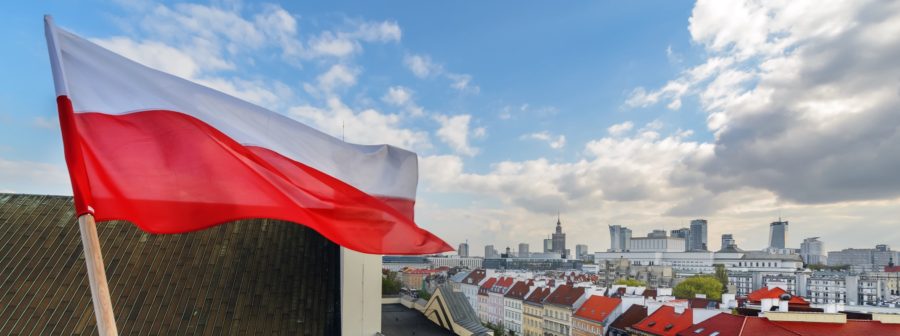There had been a city, where a lot of people lived. There would have been some problems—things like alcoholism, organized crime or drugs, there may even have been a few fascists. But they didn’t need the next nation over to roll in with tanks and bombs to fuck up the place.
I’m not talking about Ukraine, though it seems today’s excuse for violence is yesterday’s big-bad. Hitler’s military came on suddenly with a false narrative, put Warsaw on lockdown and then killed and drove off its people. They leveled the city. The parallels go on if you want to consider them.
New Warsaw is not the same as the old one, but it retains its culture. You can get pierogi, have a donut party on Fat Thursday and drown Marzanna—she’s the pagan goddess of winter that needs to be drowned every year so spring can return. In terms of what’s new, the streets don’t match the old layout and there’s a brick line running through downtown to remind us of the wall around the ghetto. There are buildings literally built with soil, mingled with the bodies of slaughtered Jews. It seems morbid, but it’s a reclaimed connection to what was taken and a symbol that defies anyone to say they have no identity of their own.
I spent some time considering what millions of people pouring across a border looks like, and I saw the footage of aid groups, handing out sandwiches and bowls of Źurek. It got me wondering—What gives an autocrat the right to displace so many people and cause the kind of damage that makes their home impossible to live in? No answer that comes to mind is satisfactory, but there is something telling about what happened to Poland and now Ukraine.
Poland’s identity has long been contested by everyone who isn’t Polish. Russians think it’s a slavic country, like Ukraine, while others see it as Germanic, which was Hitler’s excuse to invade. In the years since, Poland has worked to identify itself as separate, but throwing their border open to refugees fleeing the same kind of violence that destroyed Warsaw solidifies it. It’s an act that proves them—like a friend who’s been through hell but still has their shit together. You can count on them to understand what you’re going through, put you up for the night and not tell your ex where you are.
Marzanna, the winter queen, is a cruel, long-lived and clingy bitch and a part of the Polish experience. All winter-long she drains your soul. The people of Warsaw dress her in fine apparel and raise her up so that she can see all the little people beneath her. Inevitably, when the river thaws, those same people light her on fire and cast her, still burning, to drown in the river. There’s a metaphor here for would-be autocrats. As for the Polish, and Ukranians, you can’t tell them who they are, that’s something they’re figuring out for themselves.







